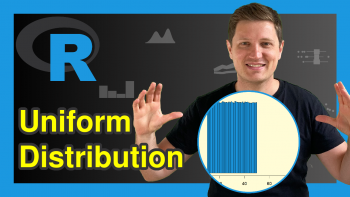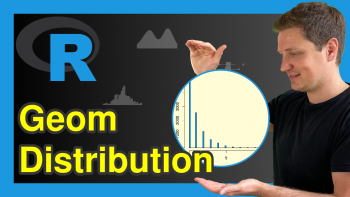Geometric Distribution in R (4 Examples) | dgeom, pgeom, qgeom & rgeom Functions
This tutorial shows how to apply the geometric functions in the R programming language.
The tutorial contains four examples for the geom R commands. More precisely, the tutorial will consist of the following content:
- Example 1: Geometric Density in R (dgeom Function)
- Example 2: Geometric Cumulative Distribution Function (pgeom Function)
- Example 3: Geometric Quantile Function (qgeom Function)
- Example 4: Simulation of Random Numbers (rgeom Function)
- Video & Further Resources
You’re here for the answer, so let’s get straight to the examples…
Example 1: Geometric Density in R (dgeom Function)
In the first example, we will illustrate the density of the geometric distribution in a plot. As a first step, we need to create a vector of quantiles:
x_dgeom <- seq(0, 20, by = 1) # Specify x-values for dgeom function
Now, we can apply the dgeom function to this vector as shown in the R code below. Note that I’m using a probability of 0.5 (i.e. 50%) in the examples of this tutorial. You may modify this probability to your specific preferences.
y_dgeom <- dgeom(x_dgeom, prob = 0.5) # Apply dgeom function
The previous R syntax stored the density values of the geometric distribution in the data object y_dgeom. We can now plot these values with the plot R function as follows:
plot(y_dgeom) # Plot dgeom values
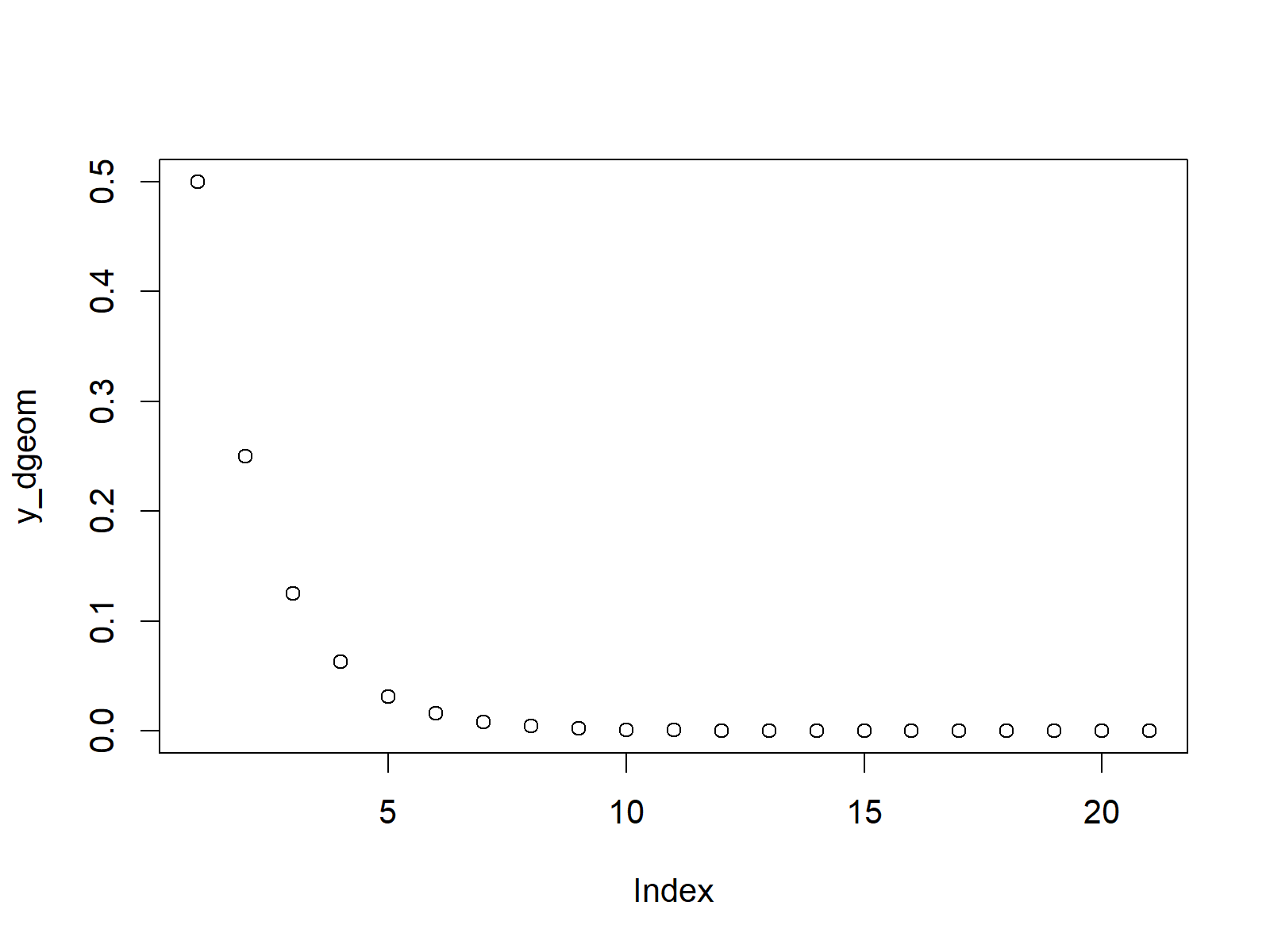
Figure 1: Application of dgeom Function.
Example 2: Geometric Cumulative Distribution Function (pgeom Function)
Example 2 shows how to draw a plot of the geometric cumulative distribution function (CDF). As in Example 1, we first need to create a sequence of quantiles:
x_pgeom <- seq(0, 20, by = 1) # Specify x-values for pgeom function
We can use this sequence of quantiles as input for the pgeom function:
y_pgeom <- pgeom(x_pgeom, prob = 0.5) # Apply pgeom function
And then, we can apply the plot function to draw a graphic containing the values of the geometric cumulative distribution function:
plot(y_pgeom) # Plot pgeom values
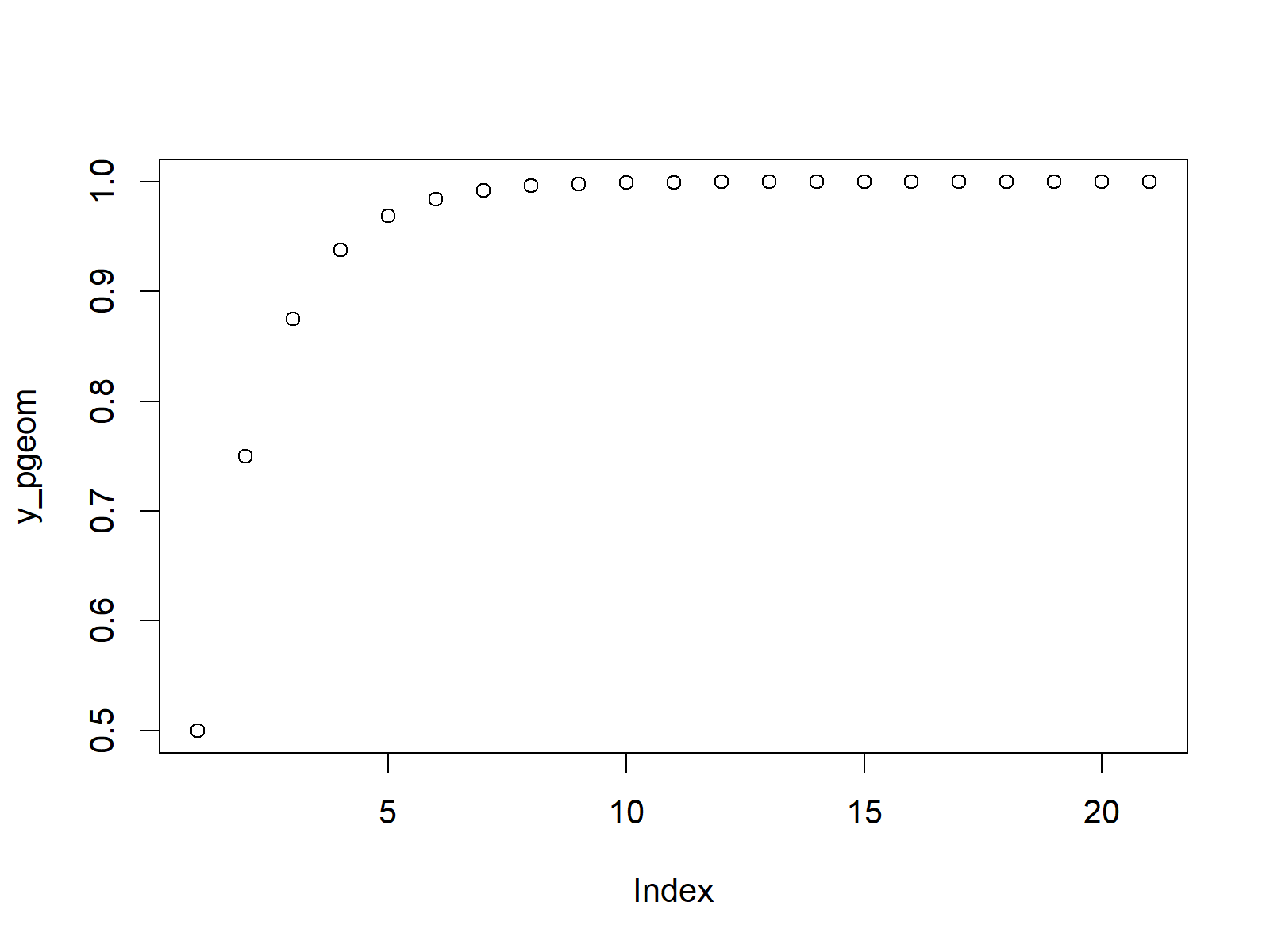
Figure 2: Application of pgeom Function.
Example 3: Geometric Quantile Function (qgeom Function)
In the third example, we will discuss the geometric quantile function. In case of the quantile function, we need to create a vector of probabilities (instead of quantiles as in Examples 1 and 2):
x_qgeom <- seq(0, 1, by = 0.01) # Specify x-values for qgeom function
Now, we can use the qgeom R function to return the quantile function values that correspond to our input probabilities:
y_qgeom <- qgeom(x_qgeom, prob = 0.5) # Apply qgeom function
Finally, we can produce a graph that is showing our quantile function values:
plot(y_qgeom) # Plot qgeom values
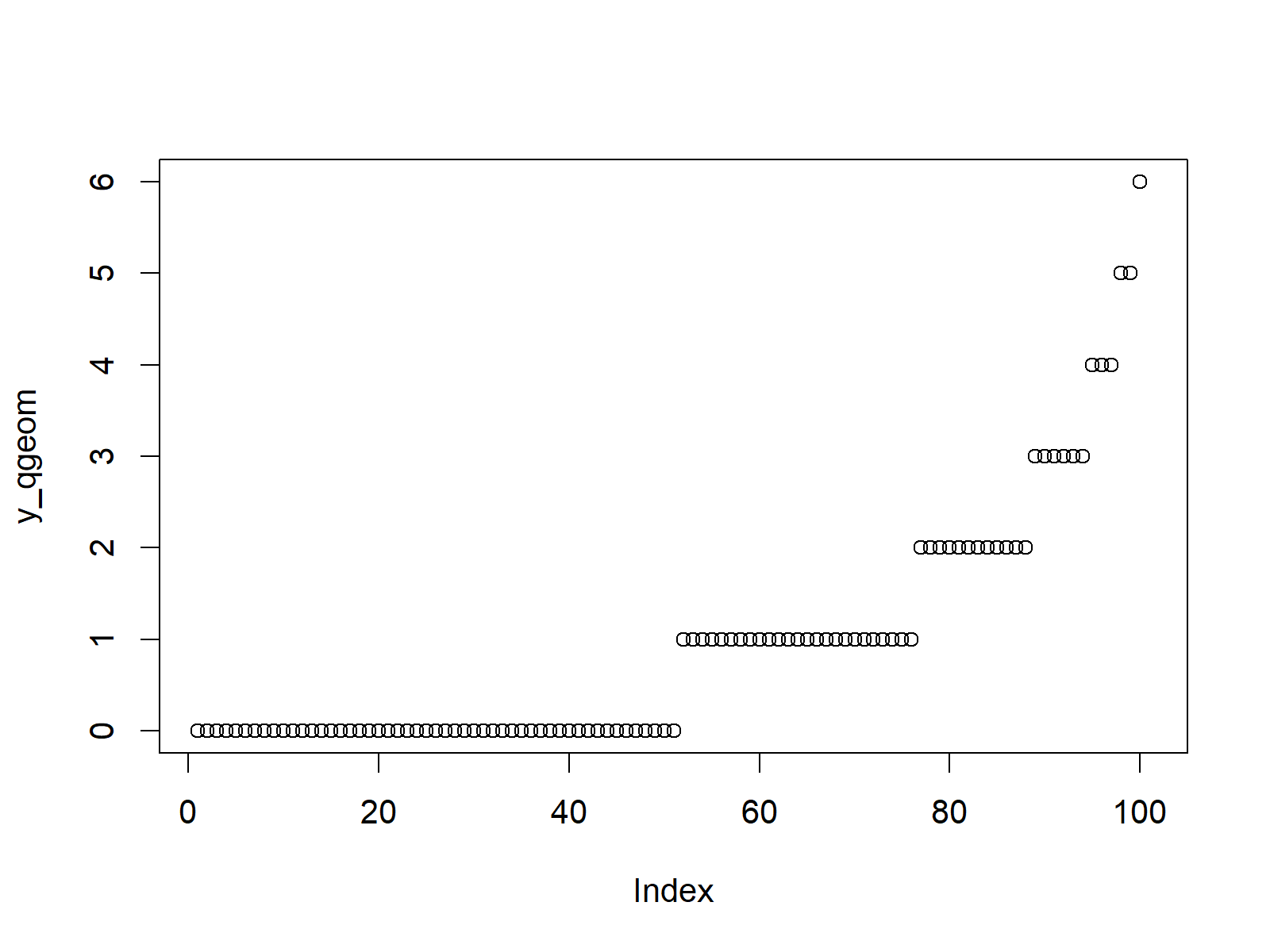
Figure 3: Application of qgeom Function.
Example 4: Simulation of Random Numbers (rgeom Function)
We can also simulate a set of random numbers, which follows the geometric distribution. For this task, we first need to specify a seed and a sample size of random numbers that we want to generate:
set.seed(53535) # Set seed for reproducibility N <- 10000 # Specify sample size
Then, we can apply the rgeom function to generate our random numbers:
y_rgeom <- rgeom(N, prob = 0.5) # Draw N geometrically distributed values y_rgeom # Print values to RStudio console
The following histogram shows how our random numbers are distributed:
hist(y_rgeom, # Plot of randomly drawn geom density breaks = 70, main = "")
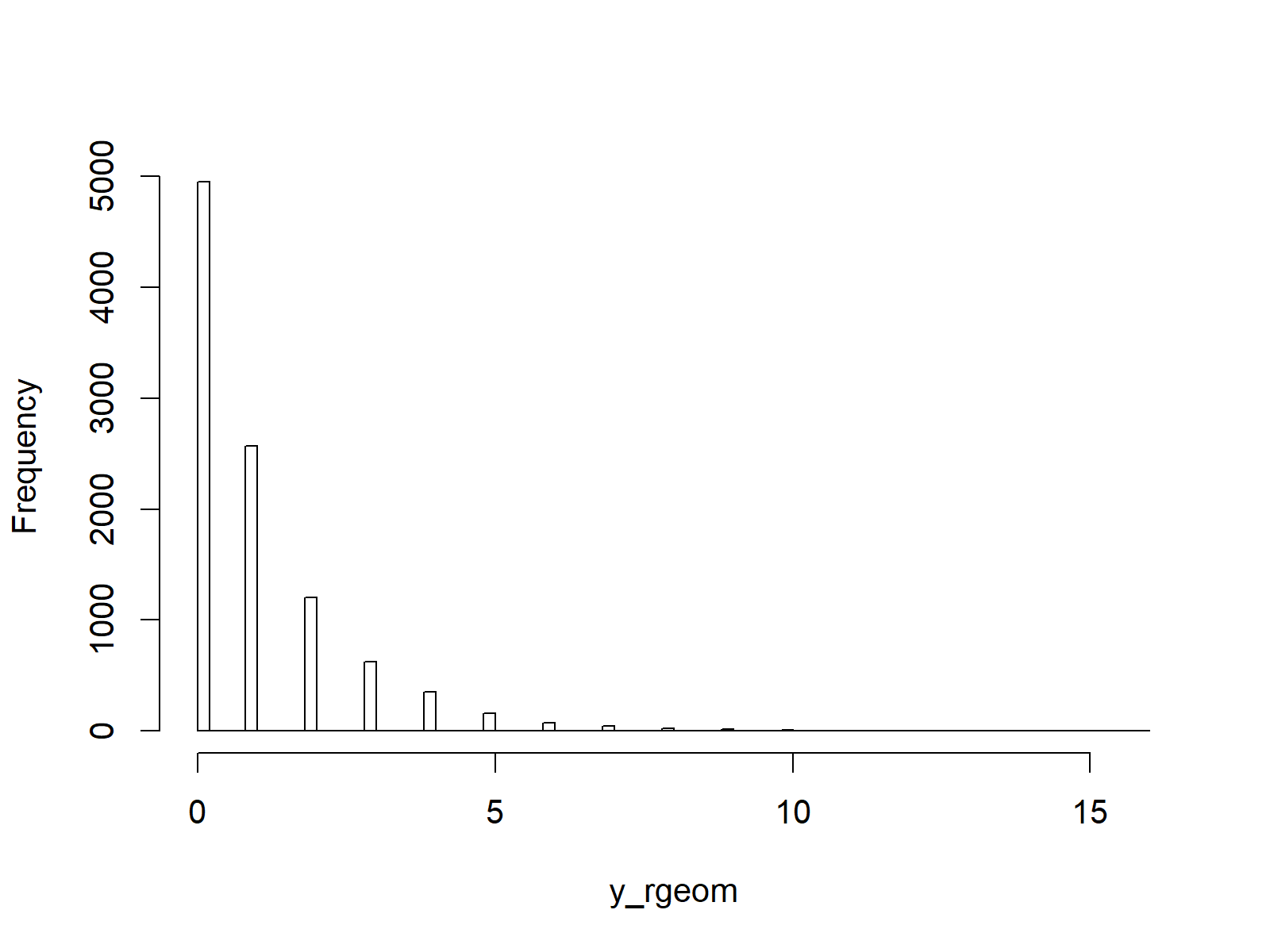
Figure 4: Application of rgeom Function.
Compare the distribution of the random numbers shown in Figure 4 and the geometric density shown in Figure 1. Both figures show the geometric distribution.
Video & Further Resources
Have a look at the following video of my YouTube channel. I’m explaining the R programming syntax of this article in the video.
The YouTube video will be added soon.
You may also have a look at the other posts on probability distributions and the simulation of random numbers in R programming:
- Bernoulli Distribution in R
- Beta Distribution in R
- Binomial Distribution in R
- Bivariate & Multivariate Distributions in R
- Cauchy Distribution in R
- Chi-Squred Distribution in R
- Exponential Distribution in R
- F Distribution in R
- Gamma Distribution in R
- Geometric Distribution in R
- Hypergeometric Distribution in R
- Log Normal Distribution in R
- Logistic Distribution in R
- Negative Binomial Distribution in R
- Normal Distribution in R
- Poisson Distribution in R
- Student t Distribution in R
- Studentized Range Distribution in R
- Uniform Distribution in R
- Weibull Distribution in R
- Wilcoxon Signedank Statistic Distribution in R
- Wilcoxonank Sum Statistic Distribution in R
In addition, you may read the other RStudio posts of my homepage. I have released several tutorials about different types of distributions already.
Summary: In this article you learned how to deal with the geom functions in R programming. If you have any further questions, don’t hesitate to tell me about it in the comments.





